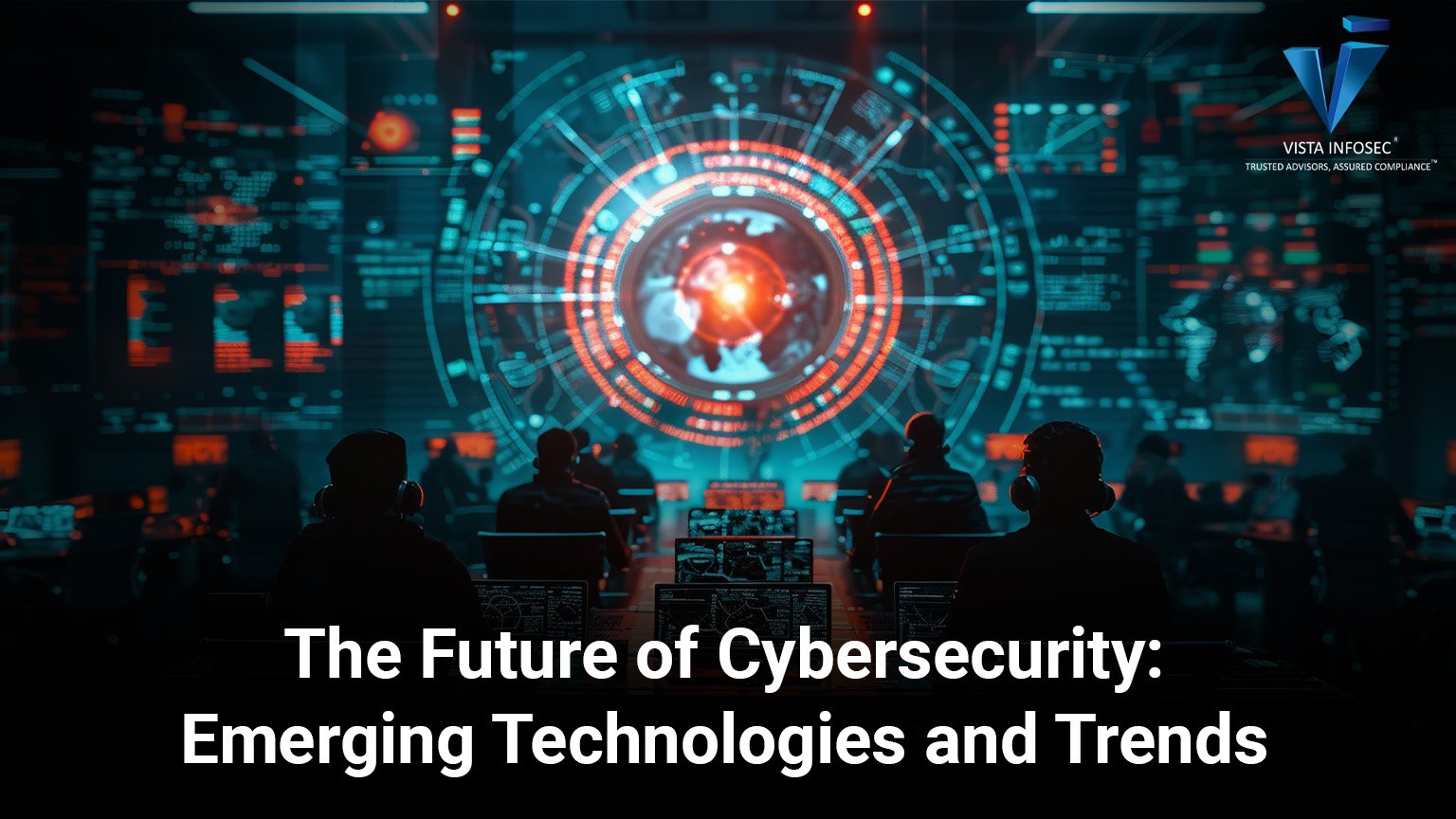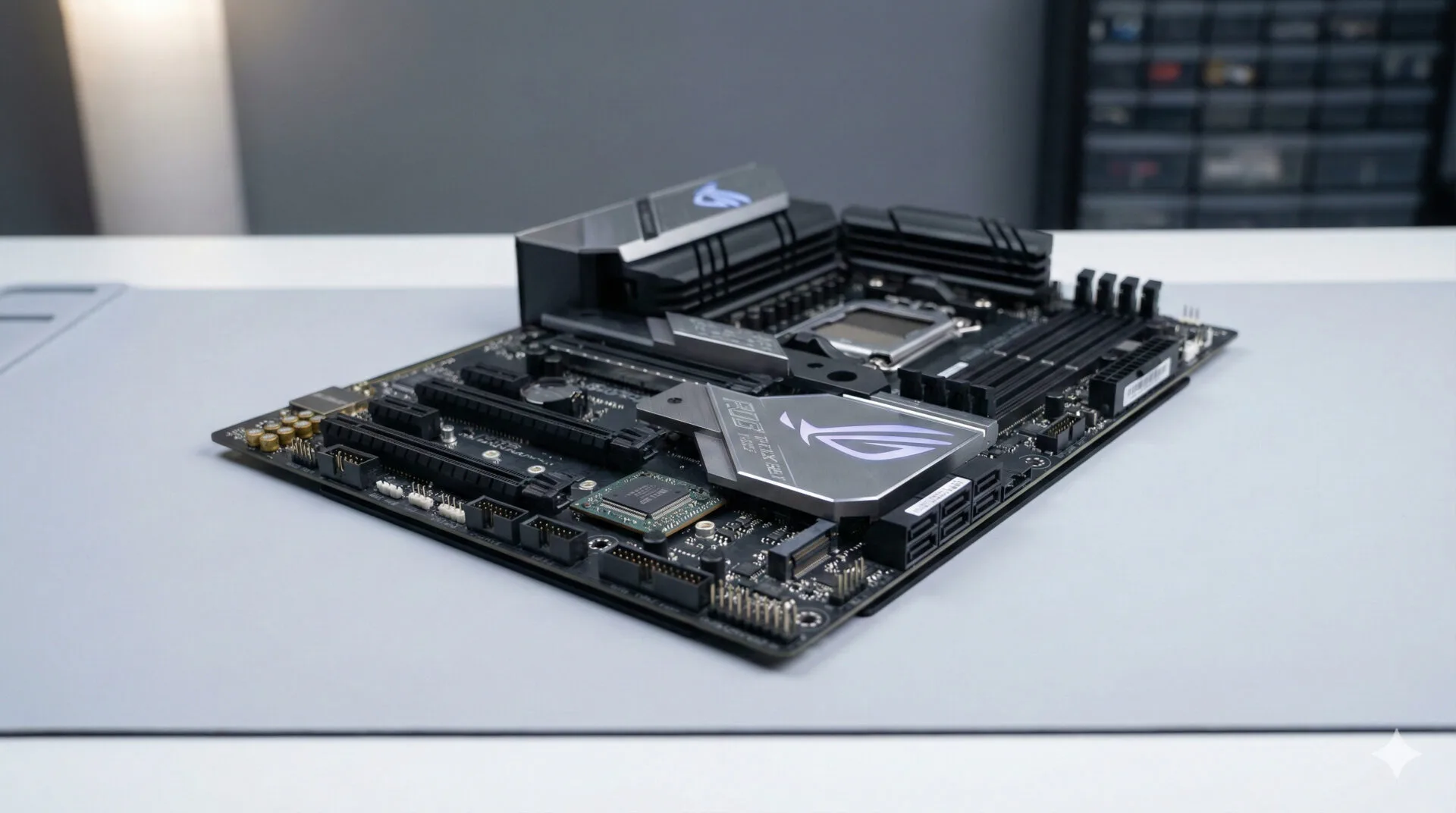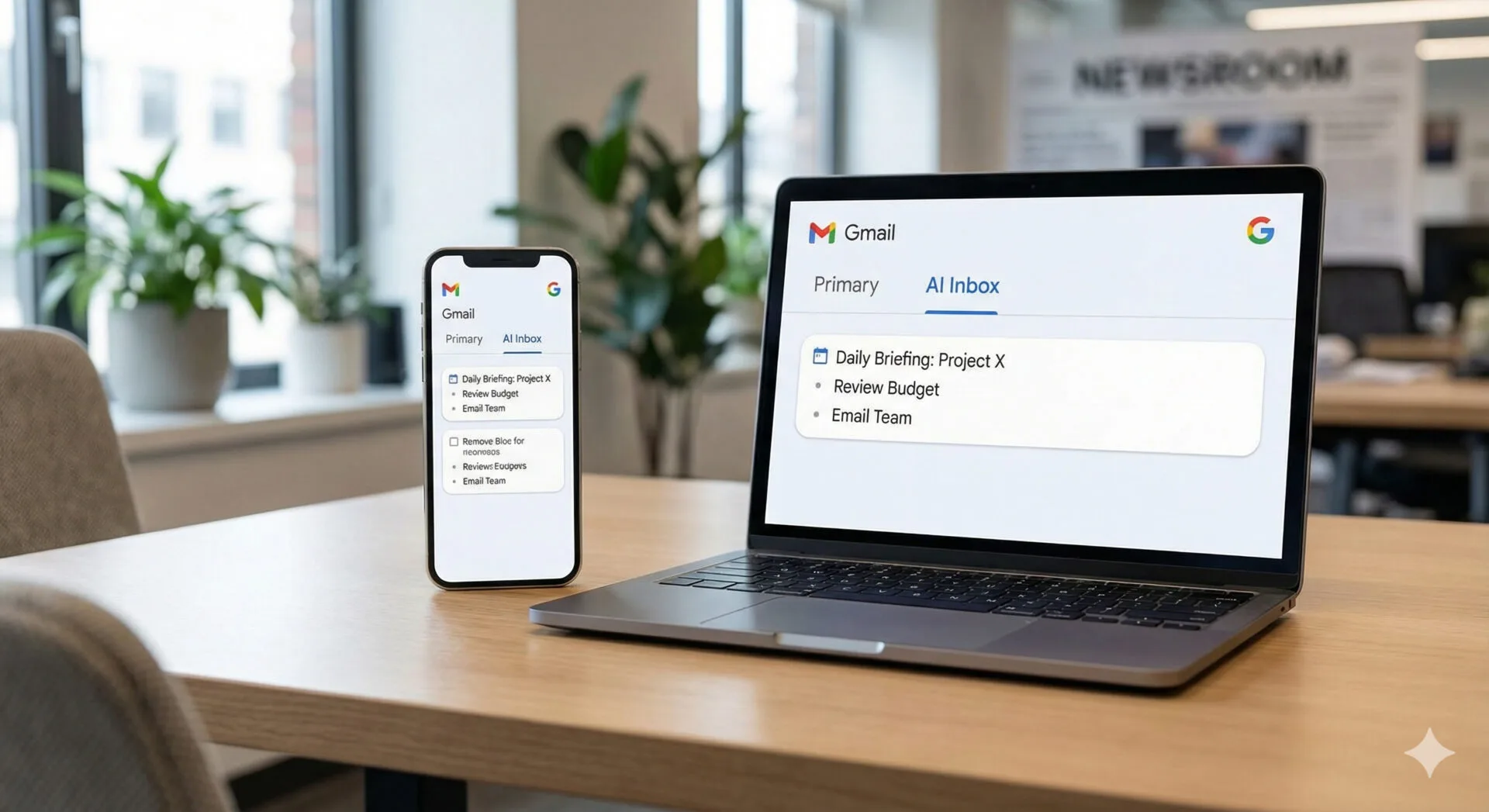In today’s interconnected where digital technologies permeate every aspect of our lives, cybersecurity has never been more critical. From personal data privacy to national security, the protection of digital assets is paramount in safeguarding individuals, businesses, and societies against cyber threats.
In this blog we will delve into the top twelve emerging technologies and trends in the cybersecurity domain, and how organizations and individuals can protect their digital assets.
- Rise of AI and ML in cybersecurity
The use of Artificial intelligence (AI) in cybersecurity, along with Machine Learning (ML) is set to revolutionize cybersecurity with the use of its data analysis capabilities and algorithms that allow it to continuously evolve to combat ever-evolving threats. Both AI and ML leverage the vast amount of data generated by digital systems and networks to identify patterns, anomalies, and potential threats with greater accuracy and efficiency, enabling proactive threat detection and prevention in real-time.
- IoT Security
With the Internet of Things (IoT) in systems and applications such as Microsoft Azure IoT and wearable systems seeing exponential growth, it has brought with it a host of security challenges making them an attractive target for cybercriminals due to its interconnectivity with other devices and systems.
This has led to demands of universal encryption standards and mandatory security certifications for new devices. Also, the possibility of integrating AI and ML algorithms into IoT systems to monitor data breaches has also been discussed.
- Rise of Remote Work
With the rise in remote work, it has necessitated a heightened focus on cybersecurity for organizations to create a secure work environment. A critical aspect is its strong emphasis on encryption and advanced authentication methods that are vital in protecting against unauthorized access and cyber threats that are increasingly prevalent in remote work settings.
- Quantum Computing: The Next Frontier
Quantum computing is a rapidly evolving field that is changing our perspective on how we think about data processing and problem-solving. Unlike classical computing, which uses bits represented as 0s or 1s, quantum computing utilizes qubits that can exist in multiple states simultaneously, thanks to quantum superposition. This allows it to process vast amounts of data at unprecedented speeds, solving complex problems much faster than traditional computers.
Quantum computing has the potential to revolutionize cryptography, threat detection, and secure communication, reshaping the way we defend against cyber threats.
- Evolution of Phishing Attacks
Phishing attacks are an old headache for cybersecurity experts, and with the rise in new devices and systems, cybercriminals have started to become more sophisticated requiring robust authentication systems like multi-factor authentication (MFA) are key to enhancing security.
- Focus on Mobile Security and BYOD
As the use of mobile devices and Bring Your Own Devices (BYOD) like laptops, tablets, etc. becomes increasingly integral to both personal and professional life, its security has intensified due to its use for various tasks, including remote work, financial transactions, and personal communications which makes them a target for cyber threats. That’s why the necessity for robust mobile security solutions has increased.
- Zero Trust Security Model
Unlike traditional security models which focus on “securing the perimeter”, Zero Trust Security works on “never trust, always verify. This means that any system using this model, regardless of its origin or the network it’s on, is treated as a potential threat whenever it makes a request.
One of the key benefits is its effectiveness in mitigating the risks posed by insider threats and lateral movement of attackers within a network.
- Need for cybersecurity education
With the rise in cybersecurity threats, organizations, industry bodies, and educational institutes have started training programs, workshops, specialized degrees and certifications, and seminars to equip students with the latest knowledge and skills in cyber defense.
- Blockchain technology
In recent years, blockchain technology is increasingly being recognized for its potential to enhance cybersecurity measures. Blockchain is a decentralized ledger technology known for providing security features like immutability, transparency, and resistance to tampering, making it an appealing option for securing digital transactions and protecting data from cyber threats.
- Cybersecurity insurance against the unknown
With the rise in cybercrimes, organizations are increasingly turning to cybersecurity insurance to mitigate financial risks associated with data breaches and cyber-attacks.
The cost, however, is influenced by the organization’s cybersecurity posture.
- Threat of Deepfakes
Deepfakes, or Deepfake technology is an emerging threat that uses artificial intelligence and machine learning to create realistic-looking fake videos, audio recordings, or images that convincingly mimic real people or events.
As the threat grows, organizations will need to invest in deepfake detection tools and strategies to protect their reputation and data integrity. Awareness and education are also key in countering this emerging threat.
- International cyberwars
Today countries around the world have created divisions in their militaries to undertake cyberwarfare against enemy states that can have significant geopolitical implications and disrupt critical infrastructure.
To counter this, governments will need to strengthen their cybersecurity defenses and work together on international cybersecurity initiatives to mitigate threats.
Conclusion
As new technologies emerge and evolve, so do cyber threats. Hence, organizations and individuals must continuously innovate, collaborate, and maintain a proactive approach to addressing emerging threats and challenges. Organizations must also stay vigilant, adapt to evolving technologies and threats, and continuously invest in robust cybersecurity measures to protect their digital assets.






Leave a Reply